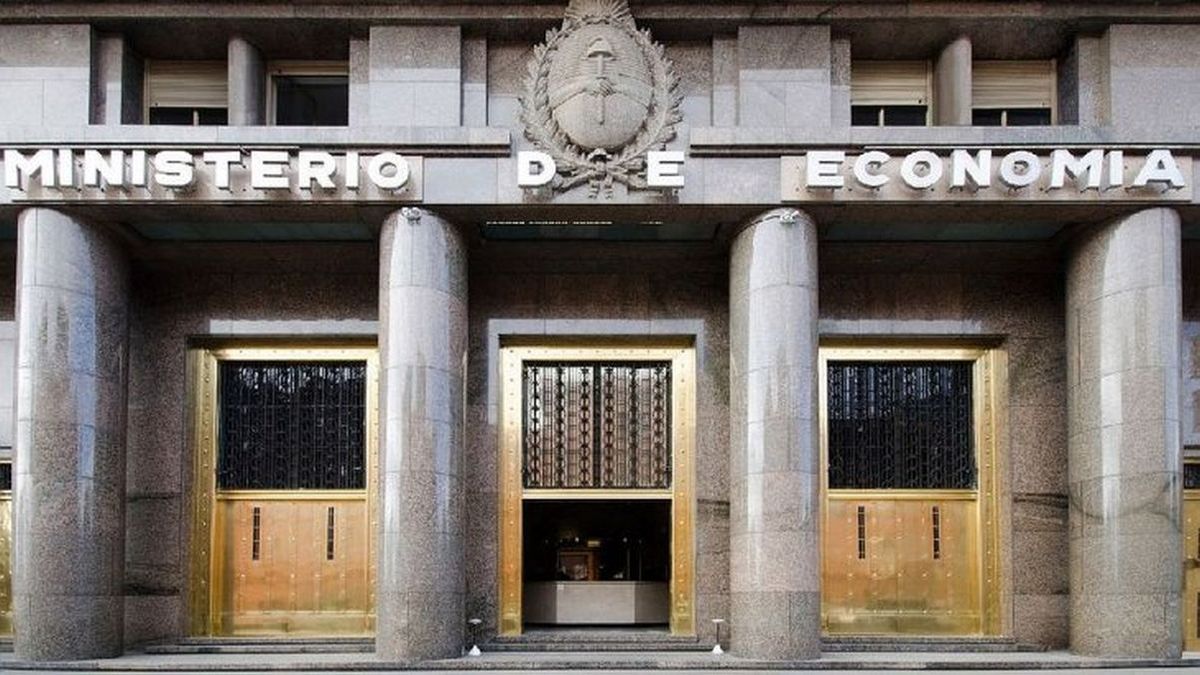Indexing is nothing more than adjusting the prices -wages, rates or other benefits or products, state or corporate level– according to the past evolution of an indicator (generally, the CPI), to maintain the real value of the product/service in question. By pure mathematics, this makes the inertia of price increases stronger, making it more difficult to contain them and lower inflation.
The monitoring itself of the inflation The CPI has an indexing component, because it makes a temporary increase in price have permanent effects. This is what has recently happened with the price of some fruits and vegetables. Tomato prices rise to astronomical levels, their consumption obviously falls but -as they are included in the CPI- this incorporates (in its weighting) the increase in price and, therefore, the index rises which is then taken by other adjustments at different levels (especially salaries, to maintain their real value); then adjustments are added on top of adjustments. Tomato prices then fall but the damage is already done: inflation went up because of this. chain effectThis is why many countries monitor so-called core inflation, with an index that does not include the most volatile prices, such as food or energy.
There is no definitive remedy for indexing, But something can be done that is much more than an extenuating circumstance: lowering one’s own inflation rate to the minimum possible. This not only reduces the so-called “inflationary tax” on fixed income, particularly wages, but it also attenuates the aforementioned indexation effect.
As the inflation rate falls, the price formation tends to be more transparent and unfounded increases are more exposed. And the most productive sectors and/or companies can increase wages without passing that on to the sale price of their products or services, being able to attract more talent and investment. With inflation effectively low, let’s say 2-3%, nothing prohibits a high-performance company from giving its workers higher magnifications on their own merit, that is, real increases. For the economy, we are entering a more virtuous scenario.
image.png
Inflation target
Aiming for lower inflation has been one of the key objectives of the current government, in particular the management of the Central Bank (BCU) that led Diego LabatThe task was not easy, because after the serious complications caused by the pandemic, a global inflationary push came that complicated the plans and postponed the achievement of the goals.
These were finally achieved and it has been more than a year with the inflation within the target range of the BCU (3-6%), although it is possible that it will reach the ceiling of the range in the next few months. This achievement is behind -among other things- Labat having been appointed as eventual Minister of Economy if the National Party wins the elections.
However, the Central Bank had little support to develop its anti-inflationary policy. On the one hand, the policies of trade and market opening to provide greater competitive dynamics and – therefore – contain prices, were not deployed as intensively as intended. Uruguay has not achieved substantial steps in trade openness, partly because it has not had echo (permission) in the Mercosur, and partly because there are no potential partners eager for agreements. At the same time, protection mechanisms have been maintained for certain sectors, which complicates the path towards a structural reduction in inflation. The case of fruits and vegetables is emblematic and rather opaque, but it is not the only one.
On the other hand, the salary adjustments Considering past inflation (indexation), added to the government’s commitment to return real wages to those of the beginning of the administration (in reality they will remain clearly higher) did not help to a decrease in the inflation faster, for the reasons we described at the beginning of this note. And the process (as expected) brought with it a significant problem of competitiveness, since some sectors can sustain the increase in wages and internal costs, others cannot.
Oddone’s approach
This is where the economist’s vision appears Gabriel Oddoneshared by a significant part of the country’s professional economists. In recent press releases he acknowledged the value of having lowered inflation, criticised the cost that this has had in terms of competitiveness and -since that cost has already been incurred- he noted that if we want to preserve the price stability (low inflation), current high real wages and, in addition, regaining competitiveness, we must deindex. Oddone’s opinion is very relevant because he is not only an advisor to the FA presidential candidate, Yamandú Orsi, but has accompanied him to meetings with top business leaders.
Oddone’s proposal had logical objections from the union movement, one of whose key actions is the demand -always genuine- for better salaries, a demand made as a whole, in a corporate manner. The statements of the President of the Frente Amplio himself, former of the Frente Amplio, were highlighted there. Pit-CntFernando Pereira, pointing out that Oddone’s approach is not that of the FA.
However, the FA government itself in 2018 – in the guidelines for the 7th round of Salary Tips- made a similar proposal. Although there was no talk of de-indexing, nominal and downward increases were clearly proposed year by year. It had been observed, in the previous round, that even though differential increases had been proposed depending on the situation of the sector (dynamic, average or in trouble), most of the adjustments were “stuck” to the increase that the dynamic ones had (the largest).
At that time the salary reached a historic record, but employment was falling. The objective was then to maintain these wages, but also to encourage job recoveryThere were, of course, inflation corrections at the end of the period. The new guidelines did not look too good, because the economy was in trouble, but the challenges of deindexing and improving the way prices and wages were adjusted were already present.
The background is relevant. The relative prices and the competitiveness are issues that inevitably Uruguay will have to face in the coming months, regardless of the party that is elected. Among economists, although there may be different approaches or emphases, there is almost a consensus that deindexing is important. Decisions will depend on political will to resolve issues that may generate particular conflicts, but have a scope of general interest.
Another key aspect is the salary negotiation in itself and, in particular, its sequence: in developed countries with a competitive approach, the sectors that compete with the outside (manufacturing industries, machinery, chemicals, agro-industries) are negotiated first, followed by non-tradable sectors or internal services (health, education, state services). The first set the general pattern, according to their capacity for competition and growth, and the rest follow them. Would this be applicable here?
Source: Ambito




